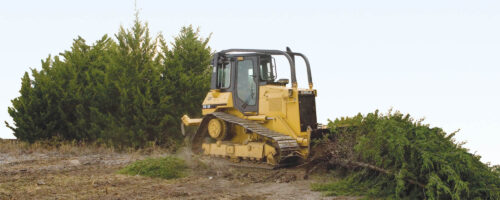Category: Pasture and Range
Categories
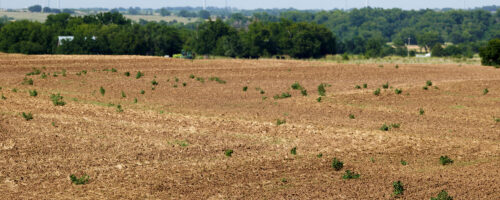
What To Do If Your Forage Production Is Less Than Halfway There By End Of June
Estimated reading time: 6 minutes
By the end of June, in most years, more than half of the forage needed for the year has already been prod...
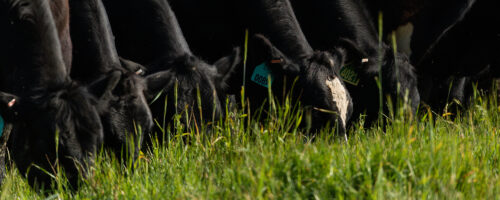
How To Optimize Spring Grazing On A Regenerative Ranch
Estimated reading time: 5 minutes
Have a plan with options, observe closely, and be ready to adjust as needed.

Six Lessons I Learned When Setting Up Temporary Fences
Estimated reading time: 6 minutes
Devlon Ford, ag consultant for Noble Research Institute, shares how he’s applied regenerative practices...
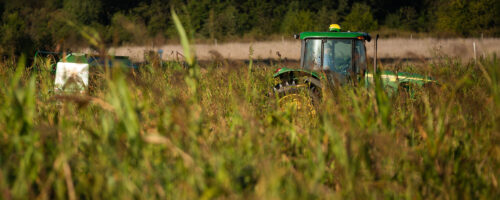
Diversity is Key When Planting Cool-Season Forages During a Drought
Estimated reading time: 7 minutes
The pitter-patter of raindrops on a roof is music to a rancher’s ears. Unfortunately, those moments hav...
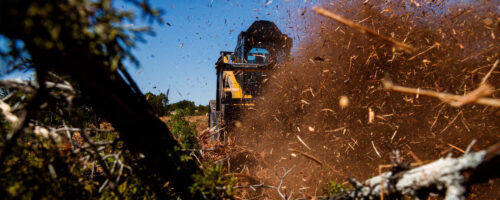
How to Decide Which Brush Management Method is Right for You — And Why It’s So Important
Estimated reading time: 7 minutes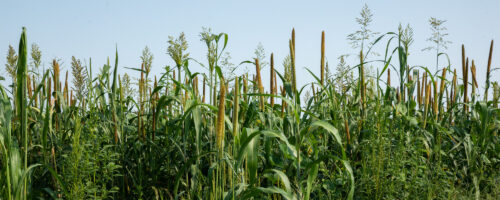
Top 3 Benefits of Plant Diversity on Your Ranch
Estimated reading time: 6 minutes
For farmers and ranchers considering a transition to regenerative agriculture, there may be no more impor...
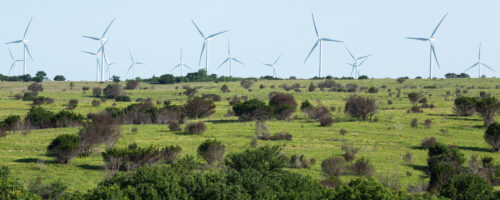
Track Annual Changes in Range Vegetation With Online Tool
Estimated reading time: 7 minutes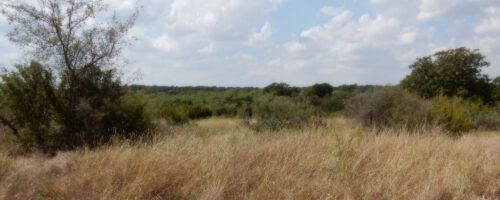
Invasive Plants Are a Threat to Agriculture
Estimated reading time: 4 minutes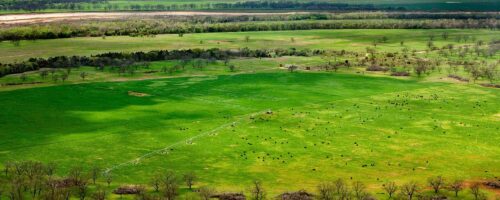
How to Evaluate Property for Raising Cattle
Estimated reading time: 7 minutes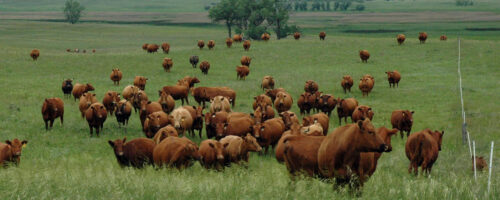
Pasture management plan prepares producer for year
Estimated reading time: 4 minutes
Now is the time for cattle producers to develop their pasture management plans to achieve the best possib...
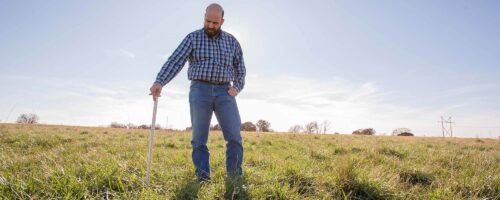
Grazing affects plant root growth
Estimated reading time: 4 minutes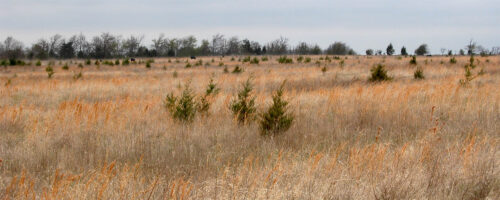
Nature manages native plant communities
Estimated reading time: 3 minutes
Several things drive native plant communities: sunlight, soils, water, herbivory, fire and rest. We could...
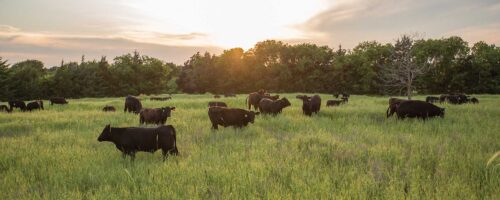
Grazing management benefits cattle and deer
Estimated reading time: 4 minutes
Grazing lands provide forage for livestock, habitat for wildlife and recreational opportunities such as h...
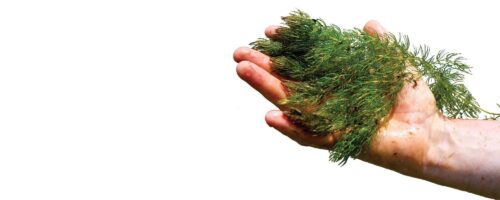
Coontail: The Positives and Negatives of an Aquatic Plant
Estimated reading time: 3 minutes